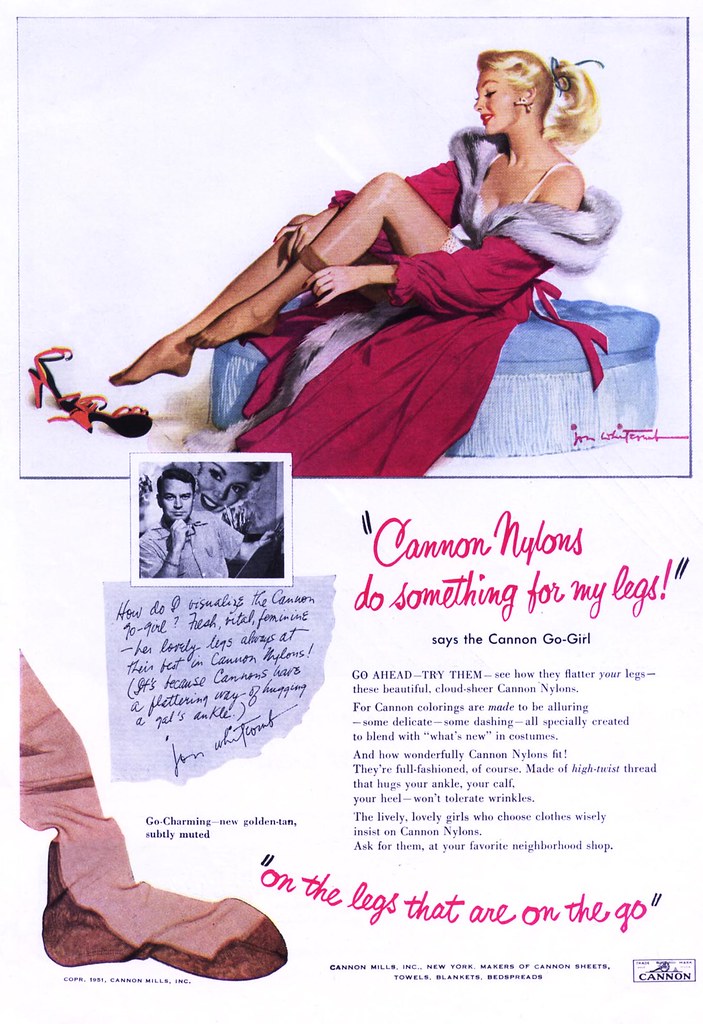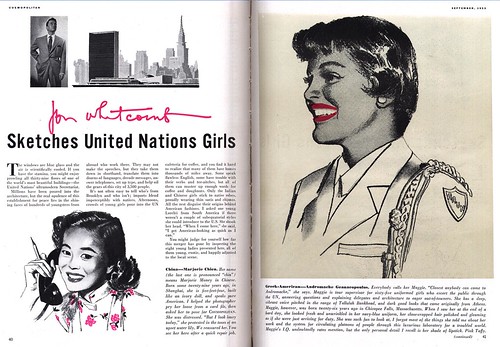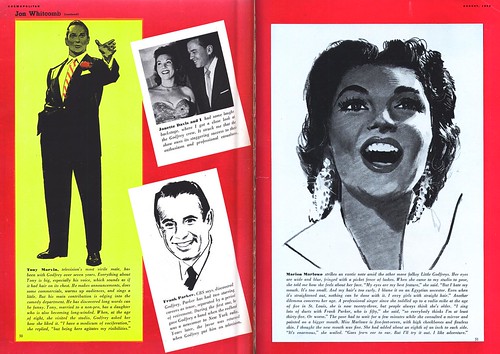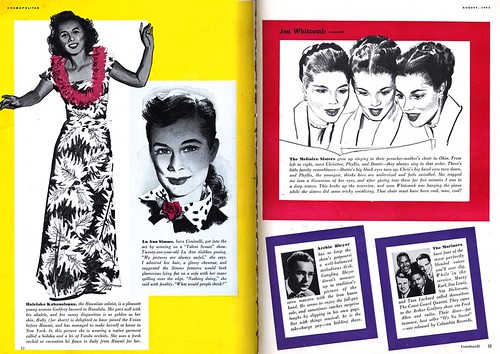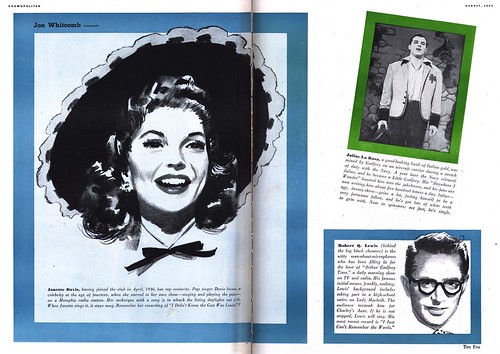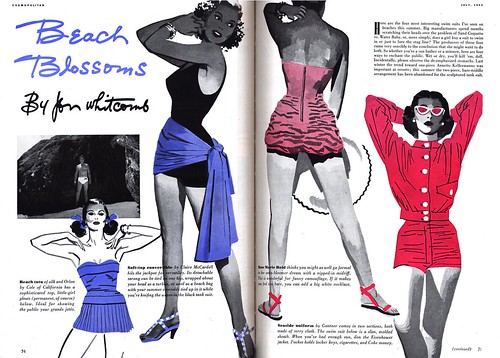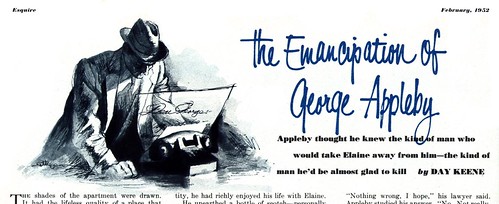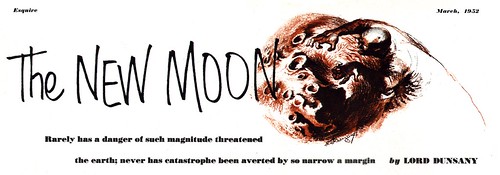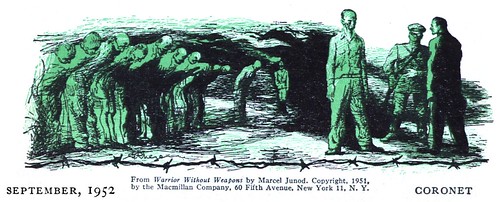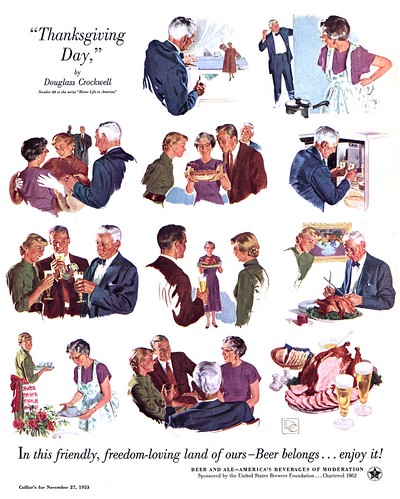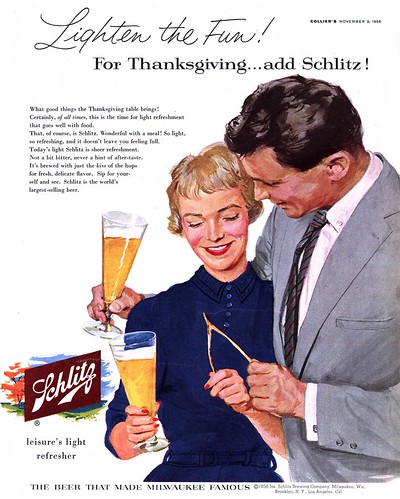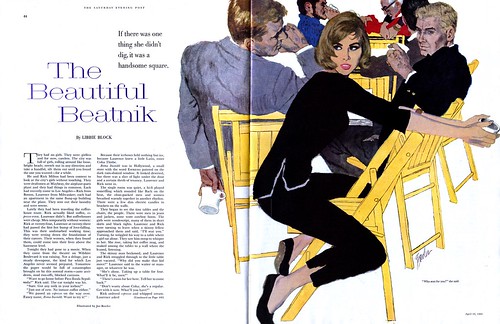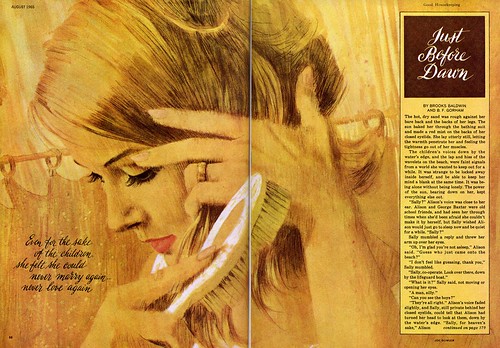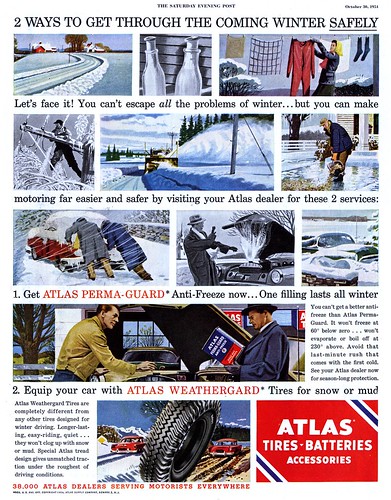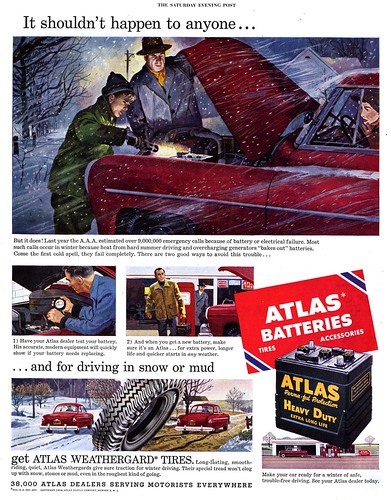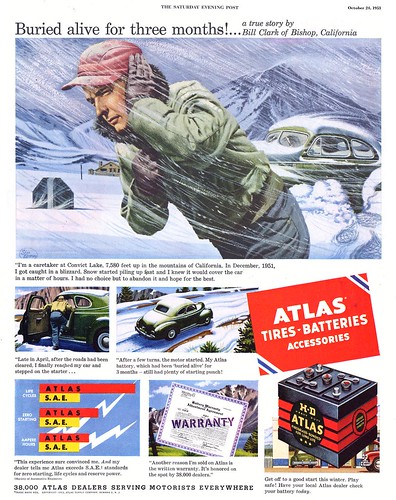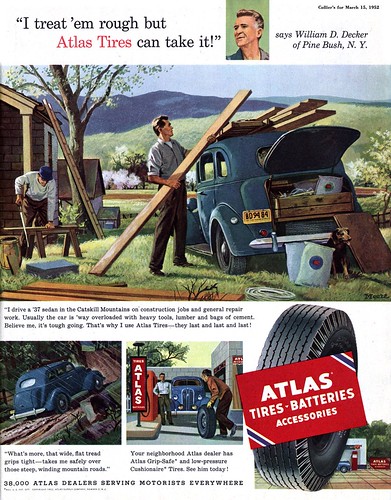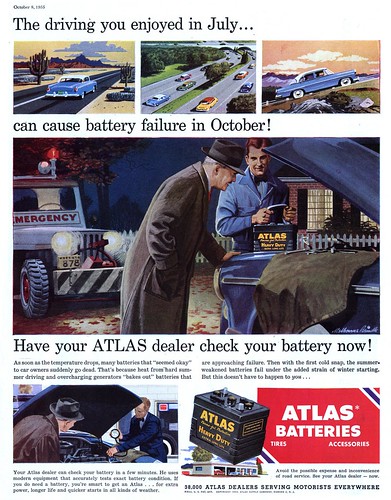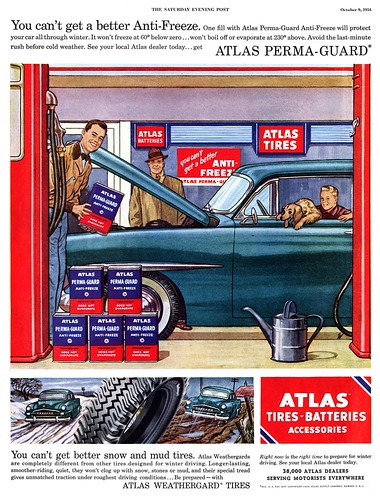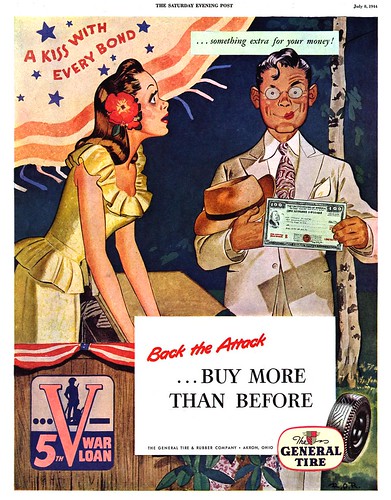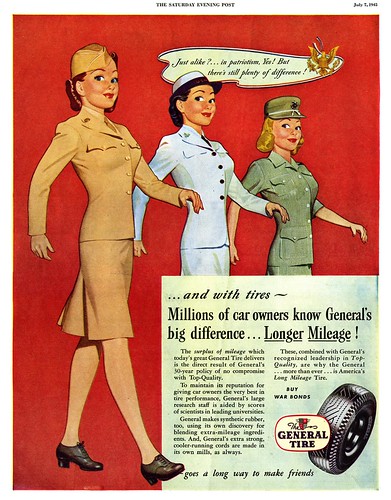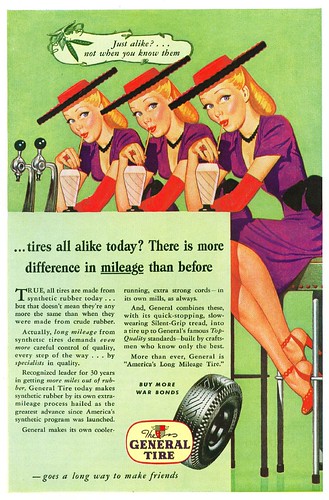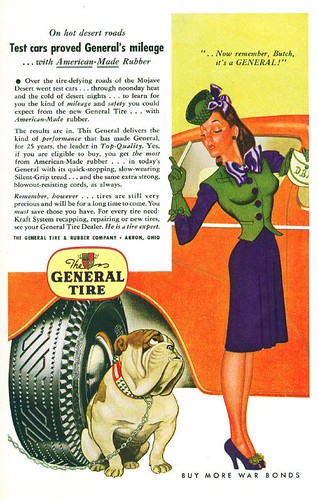Of course it would never happen.
But in what is surely one of the most concrete examples I could give you of the kind of prominence enjoyed by illustrators in the first half of the 20th century, that's exactly what Cosmopolitan magazine did.
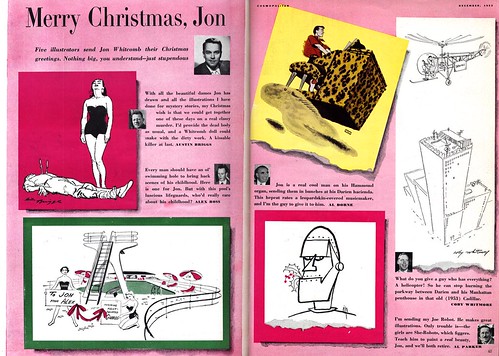
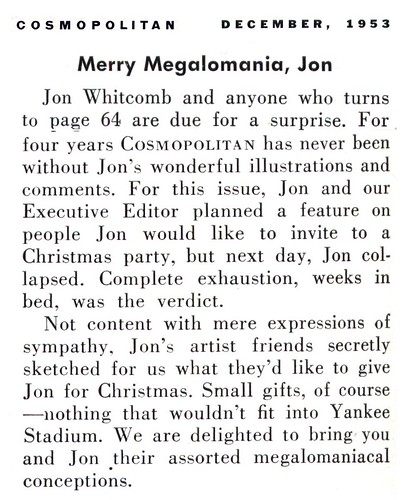
I'd mentioned a while back, when I first did a week of posts on Jon Whitcomb, that I felt he became the heir to Albert Dorne's throne as the most successful and popular illustrator in America. Perhaps you'll agree that this article goes a long way in supporting my proposal. Honestly, I've never seen anything like it!
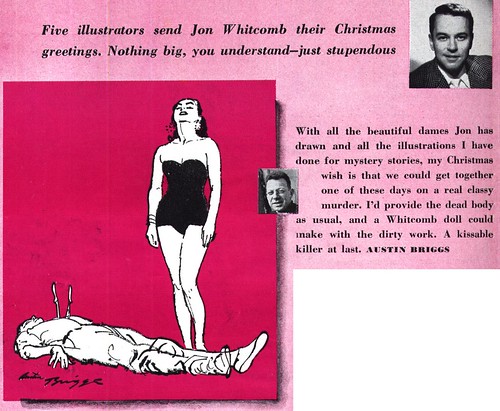
Barbara Bradley sent a wonderful note to me last night that I think makes a fitting commentary to accompany this post. She agreed to allow me to share it with you:

"Almost every semester I plan a day in which to show students and discuss the work of the great 50’s illustrators of women: Whitmore, Whitcomb, De Mers, Bowler. (Parker’s so great he gets a day of his own) Each has his own wonderful strengths and characteristics. So, I’ve especially enjoyed reading comments about Whitcomb’s work. I believe his abilities and skills are underappreciated today. He could draw! He made people look the way he wanted them to. He designed their gorgeous clothes. No one, even if they wanted to, could make eyes sparkle, lips as moist, and hair shine quite as much as did Whitcomb. His technique in watercolor and his brushwork were amazing: fluid, controlled, and varied. His portrayal of women date more than those of many other illustrators, probably because of their almost exaggerated glamour. When he painted a housewife, she wore stiletto heels, her apron ties were starched, and the flowers in her hair were fresh. But, how he could paint!"

"Whitcomb was the first magazine illustrator I really noticed. He was actually number one in my Hit Parade in my early high school years. Then I discovered Parker and that was that!"
"I remember with thankfulness a special thing that Whitcomb did for Parker once. About twenty five years ago, in preparation for the Academy of Art awarding Al Parker an honorary degree, I asked several of Al’s contemporaries to record comments to be aired during the presentation. Whitcomb’s was outstanding. He went to great effort, recording a long, beautifully written, gracious, and eloquent appreciation of Parker, one that he later used as an article in the society of Illustrators Bulletin. I also remember the graciousness of Joe Bowler who helped the ailing Coby Whitmore do his tribute in the form of a lengthy question/answer interview."
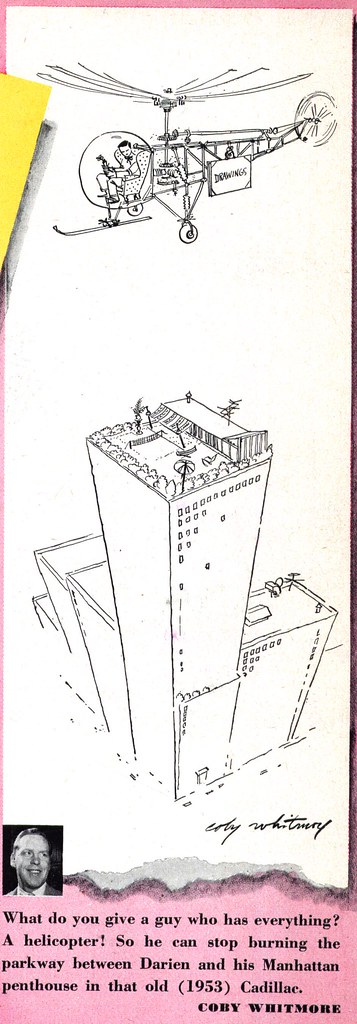
"For lack of time, we had to edit many comments, I still recall Coby opening with ”I just loved Al”.

"There were others, including Bernie Fuchs and David Stone Martin. (How I wish I knew now where these tapes were hiding out.) This did begin as an appreciation of Whitcomb. Let it end so. He was a masterful illustrator!"
My thanks to Barbara for her wonderfully insightful appraisal.
Jon Whitcomb Flickr set




